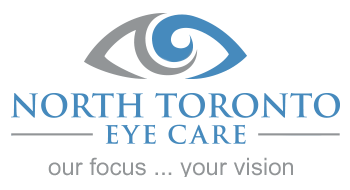As a practice that regularly see’s patients who have keratoconus, it is not unusual to notice common themes in patients who visit. Keratoconus patients in particular tend to follow patterns. Patients tend to be younger between 12- 35, the disease encompasses both males and females; though more males tend to be diagnosed, and occasionally we see patients who have Down syndrome. Patients who have Down syndrome have a 5-15% chance of being diagnosed with keratoconus. This is not saying that Down syndrome is the reason that patients develop keratoconus, but it is correlated. If we look at the population of people with Down syndrome, about 60% end up with ophthalmic manifestations due to trisomy of chromosome 21.
We see keratoconus in the general population at a rate of 5 per 10,000 people (0.05%) where the Down syndrome population is at its highest 15% of people. One difference in the presentation of Keratoconus between the general population, and people with Down syndrome is that patients with Down syndrome frequently present in its acute form or as hydrops which is a rare condition in the general population. This may be due to uncontrolled eye rubbing which may accelerate the progression. Either way treatment for keratoconus is Corneal Cross-Linking (C3R). Cross-linking has been performed on patients with Down syndrome and has had great success. This process can be more difficult for people with Down syndrome due to lack of cooperation, extensive eye rubbing, and self-inflicting behaviour. Extra steps with medication and constant observation may be required to prevent infections or further complications. Keratoconus can have a huge effect on vision, but with cross-linking we can stop progression, and saving vision for the future.
Dr. Rabinovitch is currently participating in a study on cross-linking. If you, or someone you know, may be interested in cross-linking contact Nicole at drs@northtorontoeyecare.com and we can see if you are eligible to participate.
